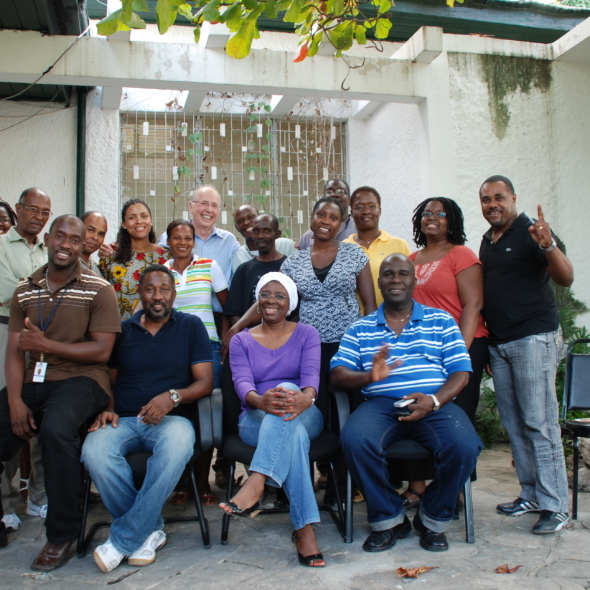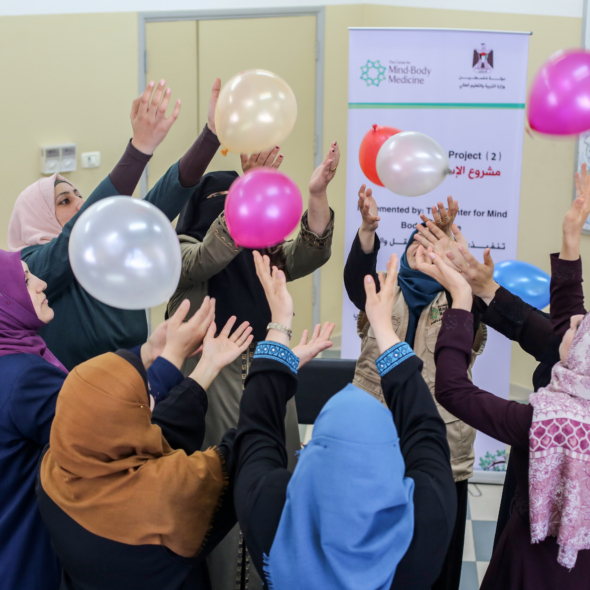The loss of life here in Jacmel is far less than in Port-au-Prince but the burden is still heavy. There are of course the ordinary deaths that come with age, and the losses of younger people cut down by accident, sudden illness, or murder. And in the background for everyone in this coastal city, and all the surrounding communities, as well as in Port-au-Prince, is the tide of losses that came with the January 2010 earthquake. The deaths of children seem the hardest to bear.
Toni, a clinical social worker from Baton Rouge, tells me about a woman in her group–a school teacher. Her six-year-old twin sons were buried under the rubble with their father. He struggled to carry both out, but one fell under a collapsing ceiling. The father suffered a serious head injury as he carried the first boy to safety. Still, he returned to dig frantically for the fallen twin, but to no avail. By the time he reached him, his second son was no longer moving or breathing. Two years later the family is still frozen in grief. The surviving twin is furious. “Why are you alive?” he shouts, when family tension rises, at his father. “And why is my brother not? He should be alive, and you dead.” Toni and I both suspect that the boy feels guilty that he could as easily be angry at himself.
After her son died, his mother “lost my smile. When I smile now,” she goes on, “it feels”–and here she grimaces, all teeth–”like this.”
For two years whenever the teacher closes her eyes to sleep or rest she sees “only all darkness.” After a while of doing Soft Belly, it changes. By the second day she is “seeing colors” and pronounces herself “very satisfied.” That first night she returned home and, just as we had done in the training, she shook and danced with her surviving son. The next night, after we had used imagery, she tells him to “close your eyes and say what you see.” “A house and a sailboat,” he tells her. She is amazed. This is exactly what she had drawn in the picture of how she would be without her biggest problem. On the third day she tells her group, “My smile is back.” She brings her son to a party and we kid around and dance a bit. Her smile lights up the restaurant.
Then, on the fourth day, when I give my talk on Trauma and Transformation she finds herself, like so many others, remembering and crying. “I am afraid the crying will never stop,” she confides. That she will never again locate the smile which has so remarkably reappeared. Toni tells her that smiles and sorrows can live alongside one another in the same person, that she felt that way when she did our training after Katrina destroyed so much in her own state. She and I and our whole team have seen it in Kosovo, Israel, and Gaza, and indeed everywhere we’ve gone.
When people are frozen in shock and grief all the emotions are deadened. As our work unfolds, they recover what they have lost. Years ago, I remember teenage Kosovan girls in a refugee camp in Macedonia. When they shook and danced the tears they had held back finally came, tears for the loss of fathers and brothers dead, imprisoned, or fighting. Only after they cried could they laugh with ordinary the joy of girls.
On the fourth night, the teacher returns. She is going to partage, to share, everything she is learning with her husband.


